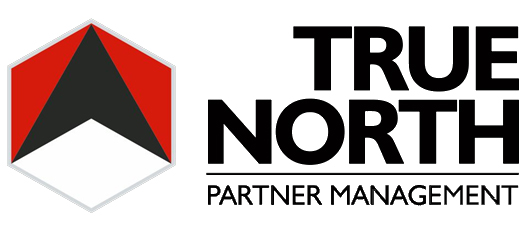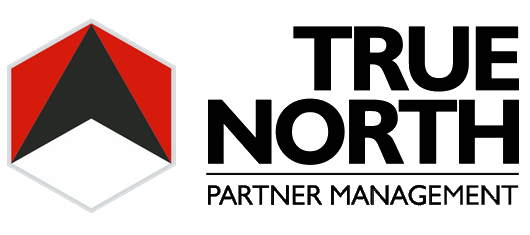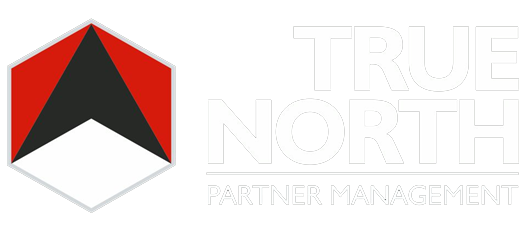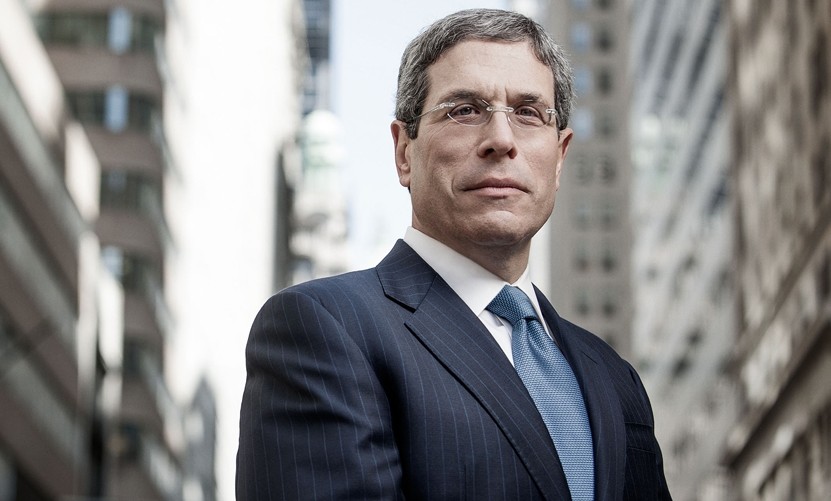The following post originally appeared on Forbes | October 23, 2014
“The President is merely the most important among a large number of public servants. He should be supported or opposed exactly to the degree which is warranted by his good conduct or bad conduct, his efficiency or inefficiency in rendering loyal, able, and disinterested service to the nation as a whole.” Theodore Roosevelt
Where the professional or corporate institution is concerned, stewardship theory seeks to explain how and why managers, when left to their own devices, will act as responsible stewards of the assets under their control for the betterment of the institution. This sits in opposition to agency theory, which assumes that managers will act in their own best interests, which can and sometimes do conflict with the interests of the institution.
Upon digging deeper, common themes emerge: selflessness, the absence of absolute ownership, investment in and preservation of future and institution-centered capital, and more. When filtered through the cheesecloth of human nature, it isn’t difficult to see the presumed connection between institutional stewardship and personal preservation, development, and prosperity: Invest in the institution; elevate the institution; and so too will those elevate within.
Certainly, in rich, historied, and durable organizations, stewardship is as likely to be present as the surging flow of revenue that feeds them. All large firms exhibit some level of stewardship; it would be impossible to achieve critical mass without it. But, by openly articulating and enforcing a culture of stewardship since their inception, Sullivan & Cromwell (S&C) has built, from the ground up, an institution that has earned loyalty from its people and clients.
Today, I speak with the venerable Joseph (Joe) C. Shenker, one of the most decorated attorneys in the market, and chair of S&C. I seek to glean some lessons from an institution that has built one of the best brands in the business on the sturdy platform of stewardship. See our exchange below:
On Building A Durable Brand
Parnell: Let’s start with S&C’s brand, which is exceedingly well regarded. How was it achieved? How did you build this?
Shenker: Through 135 years of intense focus on quality work. This started at our founding by Algernon Sydney Sullivan and William Nelson Cromwell, two highly skilled and experienced lawyers who set out to establish a new firm that would focus on high-quality, trailblazing commercial work; that DNA has continued to today.
It begins with recruiting the best talent available year-in and year-out. Over time our recruiting has expanded to include law school graduates in all jurisdictions in which we practice. For example, our Class of 2014 includes lawyers from 15 countries who speak 19 languages and who graduated from 35 law schools and 71 colleges. As our work has grown more diverse and global, and competition for talent has intensified, we recognized we have to seek the best talent from around the globe.
Once our recruits join us, we view their training and development as our most important responsibility. Our job is to build their skill set with extensive and varied experience, so they can become trusted counselors and advise on new and different problems every day—whether or not they have seen the same fact pattern before, and whether or not they spend their entire career here or leave to do something else.
This training is a combination of on-the-job training—with quality mentoring by their seniors: partners and associates—as well as a dynamic and constantly evolving training and educational program. Finally, this virtuous cycle of first, recruiting the best and then training them to be effective and creative counselors, which attracts the most sophisticated and complex clients and matters to the firm, and in turn contributes to our reputation and burnishes our skill set, thus positioning us to, again, recruit and train the best lawyers.
From the firm’s inception, our ethos has always been the same: Every client and every matter requires our highest and best focus, with no shortcuts. In our practice, “the perfect” is not “the enemy of the good.” Each generation of S&C lawyers views themselves as stewards of this tradition. Our job is to hand over the firm—our brand—to the next generation in at least as good shape as we found it.
On Fee Pressures In Today’s Market
Parnell: With the strength of your reputational capital in mind, are you still feeling fee pressure? I assume that you are, and if so, how are you handling that?
Shenker: Of course we are. Every client has felt, in some way, the pressure of the global financial crisis, and has gone to great lengths to get the best value for dollars spent. Our services, even though they usually surround high-stakes matters, are no exception.
That being said, as a firm we have been offering our clients value-based billing for as long as I can remember. Of course, each matter is different and there are numerous factors that need to be taken into account when starting out on, and billing, a matter: How will it be staffed? What kind of experience is necessary? How efficient do we think we can be in the matter’s course? What type of work can be outsourced, and to whom can it be outsourced? These things and more go into making a decision about how to provide our clients with the best value for their legal spend. This doesn’t always mean the least expensive, but rather, the best value. We find it is value, not the lowest rate, that our clients want.
On Client Relationships
Parnell: Client relationships can be a tricky if not difficult to define subject. You’d be hard-pressed to find a firm that doesn’t want institutional clients. Often enough, however, the clients are wedded to a particular partner instead. How would you describe the relationships S&C has with its clients?
Shenker: The key to this is a firm culture in which all lawyers recognize they are part of one team, and one person’s success rebounds to the benefit of the firm, and thus, everyone. In that way our clients are best served. And we believe that when our clients are best served, the firm will be best served over the long-term—which is the primary time framework we think about. Thus, although there are clearly individuals who have the closest relationship with particular clients or individuals at the client, everyone realizes that their most important job is to ensure the client has the benefit of all the areas of our expertise that are necessary; all the practice areas and jurisdictions that are relevant to its issues.
We try to have all of our lawyers across all practice areas and geographies know each other and work together in as many ways as possible, using both physical gatherings as well as our technology infrastructure, so that when a client comes to us with a problem or an issue, all of our talents are quickly brought together to address it. No matter how big or small the client is, we never speak of them as “my” client, we think of them as “our” client.
On Today’s Legal Consumer
Parnell: How would you describe the evolution of the legal consumer over the past 10-15 years?
Shenker: Most of our clients understand our business, including the billing considerations I described earlier, very well. They understand how work is broken down, how it is staffed, what can be done internally and what can be outsourced. And while some firms might find this a bit challenging where work and billable hours are concerned, we find having sophisticated clients to be helpful in our matters.
Deeply ingrained in our culture is a collaborative approach to our work, internally—as we discussed before—as well as with the client. Pricing, staffing, and project management shouldn’t be a fight with the client. We’ve found that the more knowledgeable the client is, the quicker we can get past logistics and on to the substance of the matter at hand.
On Cohesiveness Within The Firm
Parnell: S&C is fairly large: 12 offices on four continents and more than 800 attorneys. Seamless operations can become more challenging with a larger footprint. Compensation—lockstep for partners, for instance—can be a major factor in motivating attorneys to collaborate and cohere. How are you encouraging cohesiveness within your firm?
Shenker: We do not have lockstep partner compensation. We are merit-based and are compensated based on a number of factors, and we view compensation through a long-term lens—over a number of years. The most impactful factor in our collaboration, I think, is our fundamental attitude toward long-term investment: a long-term approach to client service.
No one would argue that our most valuable possession, our most valuable commodity, is our brand. To give you some perspective, we own our NYC headquarters building, which, in this market, is worth hundreds of millions of dollars. This is an asset that all the partners own. The value of this building, however, pales in comparison to the value of the firm’s name, the firm’s brand. Our thinking is that by working together as a team to consistently provide for our clients’ needs in the most effective way possible, the firm’s brand will continue to shine, and that will benefit everyone here.
So, while compensation can be a factor in motivating collaboration, it is our culture, attitudes, and beliefs that have us all rowing in the same direction, that have us helping each other whenever someone is in need, and that have a partner quickly answering a question that was asked by his or her around-the-world counterpart despite not being a part of the ongoing transaction.
On Stewardship
Parnell: This sounds like a heavy team versus confederated culture, the latter making it difficult to truly develop firm-based capital—brand being one of those things….
Shenker: I am certain that if you asked around the firm you’d find the same sentiment from everyone: We are stewards of the S&C brand. It is not owned by one or a few individuals. It is not coming with any of us when we leave, and we all benefit when it is enhanced.
This imbues our long-term focus and thinking. Obviously, we need to work hard and develop business and keep an eye on our financials. But we don’t just focus on one quarter or one year. We look at our firm as an enduring institution—an asset—that provides for us now, as its stewards, and is to be grown, and protected, and cared for, and eventually passed on to our younger generations to do the same for their successors.
On Globalization, Footprints, And Client Service
Parnell: I see your footprint as being global versus simply international. No doubt you’ve kicked around the notion of globalization in strategy development sessions. What are your thoughts on it? How has it affected your strategy?
Shenker: We have had offices outside of the United States since the 1920′s. We have long embraced the concept of internationalization, now called globalization. That being said, we can’t be all things to all people. We are very strategic about which geographies we enter. Strategically, we don’t think that it is necessary, or even attractive, to have offices in every geography.
Parnell: Certainly some of your clients have work in regions where you don’t have an office. How, specifically, are you managing that?
Shenker: While we don’t have standing offices in some of these regions, we do have top-notch representation there. We attribute much of our success as a firm to our relatively small size, dexterity, and efficiency—our lean operations. A challenge—as I’m sure you know—for the very large firms with huge footprints is controlling the quality and managing the operations and cooperation across borders.
We avoid having to establish offices in certain regions by creating relationships with the best firms in those areas. We’ve found that because we aren’t looking to ultimately establish a standing physical presence there, and because we provide really interesting work, we pose no conflicts of interest and can develop deep, collaborative relationships with premier firms.
Because consistency of quality and experience is a requirement, we have programs like our “visiting lawyer” program where top attorneys from our relationship-firms come and work in our offices for a year to expose them to our practice and culture. We’ve been really pleased with the process. Our clients are comprehensively covered, and we are able to maintain a lean, efficient, and quality-conscious profile.
On Growth Strategy
Parnell: That being said, you do have a sizable footprint and have done some lateral hiring to achieve it. Talk to me about your growth strategy.
Shenker: We’ve never merged with another firm. We also have avoided absorbing groups of attorneys with “books of business.” That isn’t us. Because we are stewards of the firm and look to preserve it—including its culture—when we do recruit lateral lawyers, it is because it is a strategic necessity and they are carefully selected.
Take our office in Frankfurt, for instance. We sought out the best attorneys in the area, recruited them to establish the office, and then relocated some long-standing partners to Frankfurt to, in part, serve as ambassadors of the firm’s methods and culture. We work very hard to integrate our new lawyers, to educate them on our firm’s methods, and to instill our culture, while at the same time, learning from their different prior experiences. Once the office is established, it is business as usual, and it grows organically from there.
On The Future Of The Market
Parnell: How do you see the market evolving over the next 10-15 years?
Shenker: I think we will continue to see a separation between high-level advisory work and more standard legal work. They are not mutually exclusive, but the latter can lend itself toward outsourcing and is subject to intense fee pressure and outside competition. It is one thing to read the letter of the law to a client; it is another to help them render a choice or decision among two or three very attractive, or very scary, options.



